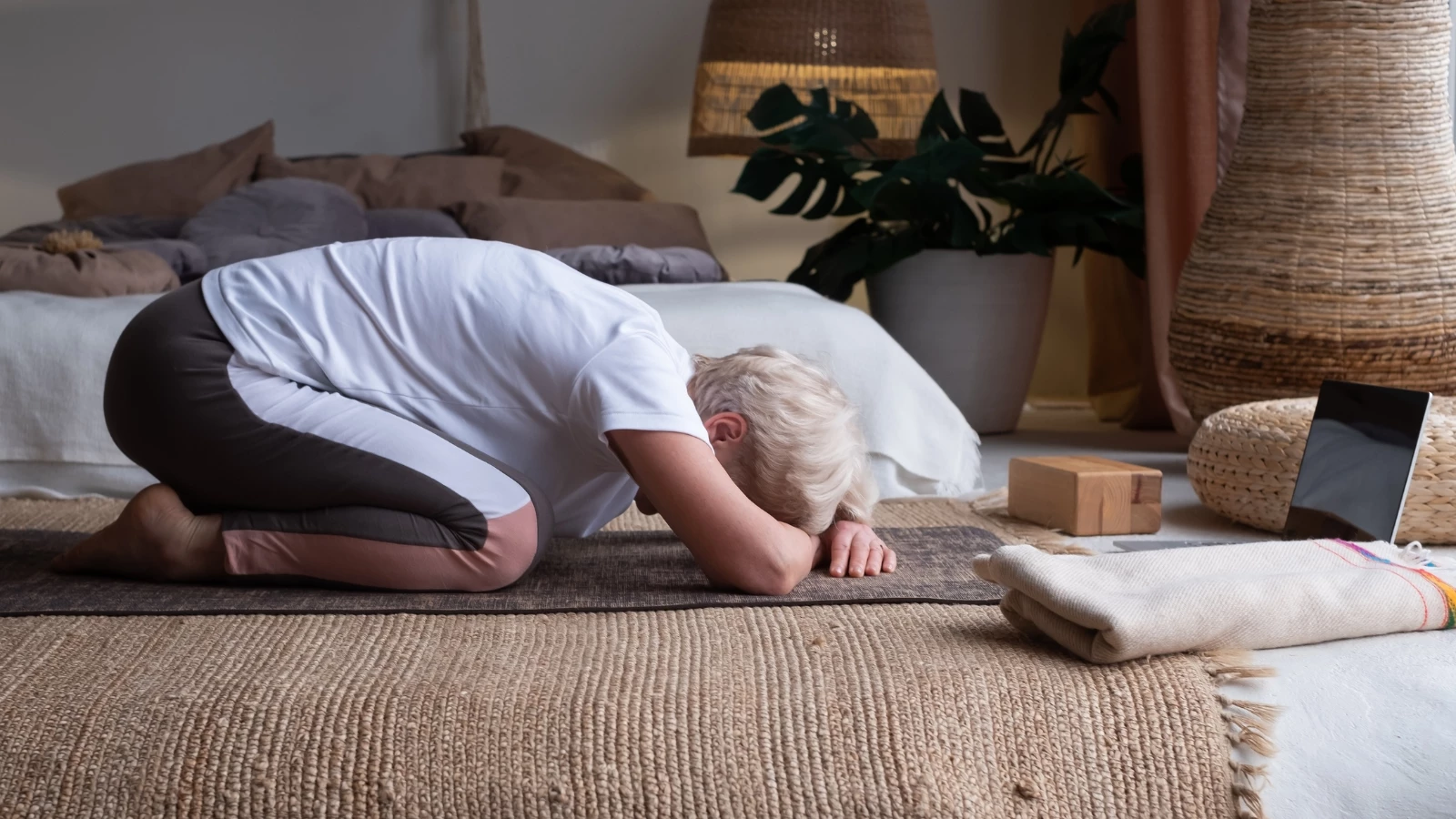Wellbeing: What It Is and How to Create It

Only when something has gone do we appreciate what was lost. Or maybe something has been unavailable for so long that we no longer notice its absence, but are still left wanting. Maybe we’re fighting an illness and reminiscing about the healthier times, wondering why we didn’t appreciate our health before. Or perhaps pain from an injury has become part and parcel of who we are, and we no longer notice the lack of wellness even though something seems amiss.
In these scenarios, wellbeing is a vital missing piece in our lives. Our sense of wellbeing is the cornerstone to a life that feels satisfying, and who doesn’t want to live with satisfaction?
What Is Wellbeing?

If asked, “Is wellbeing important to you?” most of us without hesitation would reply, “Yes!” We can sense the truth that living with wellbeing has profound effects on all aspects of living. Yet, are we all singing from the same hymn sheet when we talk about what wellbeing is? While the Oxford Dictionary will tell you that being “comfortable, happy and healthy” defines wellbeing, many professionals, including myself, would disagree and counter this definition with that from the Foresight Mental Capital and Wellbeing Report:
“Wellbeing is a dynamic state, in which the individual is able to develop potential, work productively and creatively, build strong and positive relationships with others, and contribute to their community. It is enhanced when an individual is able to fulfill their personal and social goals and achieve a sense of purpose in society.”
Wellbeing is the hub into which all our choices feed and from which they emanate! If you’re a visual person like me, imagine taking a bird’s-eye view of the southeast of England at night. You’ll see how most roads lead to and away from London, which is the great connector of the region. This is how wellbeing operates!
Wellbeing will be compromised if we experience deep job dissatisfaction, prolonged debilitating illness, toxic relationships, or/and unhappiness with our living environment, as it’s the container that holds the varying facets of our lives.
What are the Components of Wellbeing?
Wellbeing can be a nebulous, fluffy term. We may have a feel for it, but my struggle to define what the main ingredients are. So let’s dive in and highlight them. Wellbeing is:
- A choice
- A way of life
- A process with no endpoint
- An integration of body, mind, spirit
- Self-compassion/self-acceptance
Wellbeing Starts with Making Choices

What does it mean to choose wellbeing? Oftentimes this will show up as a specific issue, such as giving up smoking, drinking less alcohol, losing weight or exercising more, or a sense of discontent with our current lives and a decision to change this. We make a choice between whether to keep things as they are or to make a change. Behind every action lies a choice, and multiple actions contribute to our sense of wellbeing.
Anyone who has been on a diet or tried to start a new habit will attest to the fact that there are no quick fixes. Every positive habit that has been upheld and negative habit abolished for a sustained period of time is because it has become part of our lives. A commitment to wellbeing shows up as a way of life just as brushing our teeth every morning is a commitment to our oral health and our positive social interactions!
Our decisions are increasingly weighted toward questions such as these: “Will this make me feel well?” or “What are the consequences of this?” as we reap the benefits of living with a sense of vitality. Like the mammoth journey of life, there is no endpoint. We are always developing and expanding our potential with our wellbeing as the container of this expansion. There is a constant renewal of our desire to live optimally whereby our wellbeing takes center stage.
Yoga Practice and Wellbeing
As a yoga practitioner for 14 years and a teacher with over seven years of daily practice, I can recognize in my daily life the manifold effects of appreciating the interplay between body, mind, and spirit. Take a brief moment to recognize that what you sense enters through your body. Your beliefs and values affect how you’re perceiving this article and your sense of purpose, and how you will digest what you read is in accordance with your spirit, this great motivator of our potential. The varying shades and colors of body, mind, and spirit, the interplay, and the honoring of these have a huge effect on what it means to live with wellbeing.
How to Practice Self-Compassion

Under the whirl of desires, impulses, actions, thoughts, feelings, and being-ness is the catalyst of self-compassion, a state that is characterized by acceptance and kindness toward ourselves and others. So often it can be easy to offer friends, and even strangers, compassion, yet when the requirement is turned inward, there can be a shriveling away from it through fear of becoming unmotivated or being self-pitying.
Self-compassion is counter to self-pity. In a state of compassion, we are treating ourselves as we would a best friend by accepting our situation with kindness and offering encouragement to take action to change the situation. Compassion is to accept with kindness and take action—the very opposite of pitiful behavior!
When we can be our best ally, we can kindly pick ourselves up when the chips are down and take strides toward meaningful change. Obstacles will often present themselves, so this is vital in our commitment to wellbeing.
Also, read...
Yoga and Body Image: How Yoga Can Help You Make Friends with Your Body
Smooth Transitions: 9 Ayurvedic Tips for Moving into Spring
Free Yoga Video: Breathing for Pelvic Floor Health: Two Practices to Deepen Your Breath
Related courses
Breath as Medicine: Yogic Breathing for Vital Aging
Yoga and Myofascial Release: Releasing Chronic Tension with the Bodymind Ballwork Method

Charlene McAuley – My yoga exploration spans 13 years, teaching for almost seven of those years with varied students, including World Cup footballers and wise 80-year olds. I have an insatiable fascination with movement and psyche, recognizing many years ago through my yoga practice that movement can determine one’s mindset and mindset can determine one’s movement. I work primarily with the ‘here and now,’ wanting to explore what is occurring in the present moment so that I can encourage myself and students to live with more awareness.



